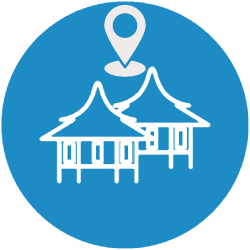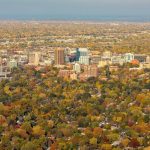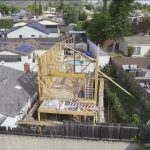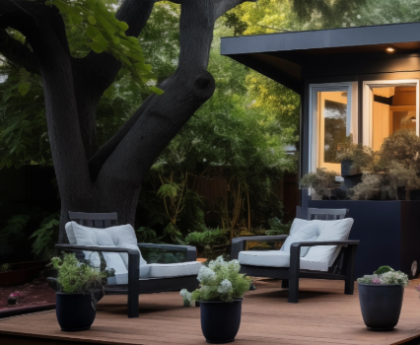A small housing pilot program is seeing big demand from New Yorkers.
A city-state initiative that would provide financing of up to $395,000 for New Yorkers to add secondary residences such as backyard cottages, converted garages and basement apartments to their homes has seen a surge of interest from the outer boroughs.
Since it was announced on Nov. 21, over 1,300 homeowners submitted preliminary applications for up to 15 slots in the Housing Preservation Department’s program, indicating that accessory dwelling units, or ADUs as they’re known, are a popular choice as the city grapples with a housing crisis.
Housing Preservation and Development commissioner Adolfo Carrión Jr. described the response as “explosive.”
“It’s really head-spinning, the need that there is out there, the appetite that’s out there for this,” he said. “We didn’t think we were going to have this kind of traffic within a week of announcing. We can then think about ‘Where else do these opportunities exist? How quickly can we scale this up and add this to our toolbox of tools that we need to create affordable housing across the five boroughs?’”
Most initial applications to the “Plus One ADU” program have come from Queens, followed by the Bronx and Staten Island. So far the greatest interest has been in having detached structures such as converting garages or building backyard cottages.
New York City Planning
The new plan would allow accessory dwelling units for single and two-family homes. (New York City Planning)
Those selected to build ADUs will have the option of receiving either repayable or deferred forgivable loans.
Such accommodations, also known as “granny flats,” can be particularly appealing for seniors looking to downsize, generate income or live with family.
“It’s a very symbiotic opportunity for people,” said Beth Finkel, New York State director of the AARP. “It allows older people to downsize and yet remain in their community. And we know that the vast majority of people want to live out their days in their own homes and communities.”
Finkel pointed out that building ADUs is entirely up to homeowners. That and their relatively small footprints may make ADUs more palatable to certain development-averse communities than large-scale housing projects.
The pilot will be geared toward working- and middle-class households. Those interested will be able to fill out a participation survey until Feb. 23.
“We’re not talking about changing the character of the neighborhood,” Carrión said “What we’re really talking about is really capturing all the spaces that could be used for housing.”
In most of the city a maze of zoning restrictions make it all but impossible to add ADUs. The 15 properties ultimately selected will be located in pockets where zoning already is already allowed, namely those with one unit where two would be permitted.
Making it easier to build ADUs is a cornerstone of Mayor Adams’ “City of Yes for Housing Opportunity” zoning proposal, which aims to create “a little more housing in every neighborhood.” The initiative intends to lead to 100,000 new units of housing being built through changes like office conversion and the removal of parking minimums.
“It’s not that big a deal, but I mean that in the good and the bad way: it’s nothing to be afraid of, and it’s also not going to change that much about the housing stock in New York City,” Samuel Stein, a housing policy analyst with the Community Service Society of New York, said of ADUs.
“But it’s like a lot of things in the City of Yes: It’s ‘why not?’ rather than ‘yes, please’ or ‘don’t you dare.’”




